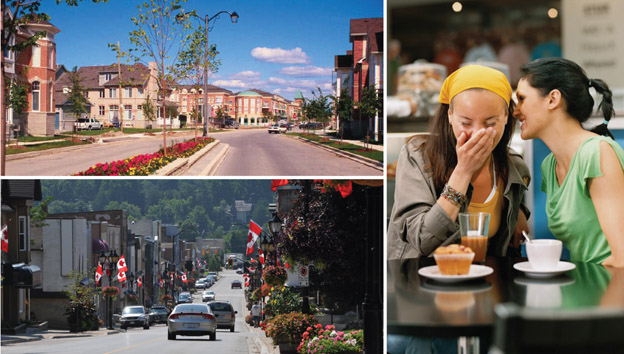
We have been talking about smart growth, and what is needed to ensure growth doesn’t change our communities in a negative way. One of the most critical needs is to have great transit in place, before the growth really happens.
At a recent community event, someone asked me: instead of worrying about smart growth, why don’t we just say “no”, and cap the size of our towns and cities the way they are, so they won’t change? Wouldn’t that solve our problems?
Unfortunately, there’s no such easy answer. To explain, here’s a mini-lesson on Ontario and York Region planning – for those of you who would like to read more, I’ll attach some interesting links at the bottom.
Planning for growth is a fairly complicated study of demographics, economic and employment patterns, development, and other trends and data. When it’s all put together, based on past patterns, planners are able to predict future populations and where people are likely going to be living and working. In this way, Ontario and York Region planners have forecast that in 2031 over 1.5 million people will be living in York Region and its communities; that’s up from just over 930,000 in 2006.
With those predictions and similar ones from other regions, the Province – in its Growth Plan for the Greater Golden Horseshoe – instructed regions and municipalities to be ready to have much bigger populations. That means those municipalities need to plan for enough housing, schools, hospitals, roads, and transit – and everything else people expect from their community. And because the Growth Plan stems from a piece of legislation, it’s not as if municipalities can just ignore it – it’s the law.
The challenge for the Region and its municipalities is to find ways of accommodating all these new residents, in ways that don’t change the existing character of our communities; to leave intact the things that made us want to move here in the first place.
Obviously, finding a solution to this is complex, with many variables to consider, and the final picture will take multiple decades to come to life. But York Region’s planners believe they have found a balance, with rapid transit seen as one of the keys to make it happen.
Some interesting links –
